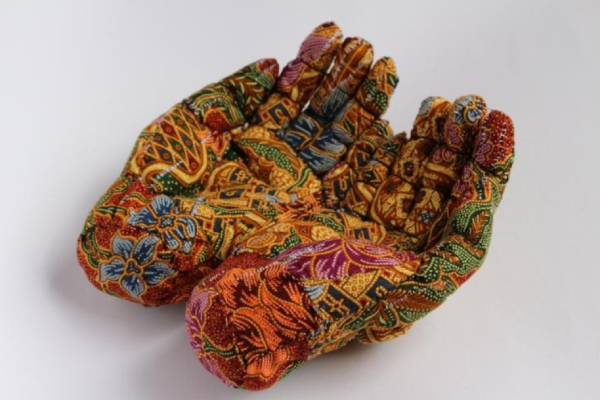
Art / “Napier Waller Art Prize”. At Parliament House, until November 20. Reviewed by ROB KENNEDY.
NAMED after Mervyn Napier Waller, an Australian artist who enlisted in the Australian Imperial Force in 1915, the Napier Waller Art Prize raises awareness of the experiences and talents of service personnel through a showcase of paintings, prints, photography and sculptures.
The prize, which is open to current and former service personnel in the Australian Defence Force, shows the depth of artistic talent that resides in our military forces.
A panel of art professionals from the Australian War Memorial selected the artworks. The accompanying online exhibition features the 28 shortlisted works, of which 14 highly commended artworks are hanging in Parliament House.
The story of Waller, written by “CityNews” arts editor, Helen Musa, can be read here.
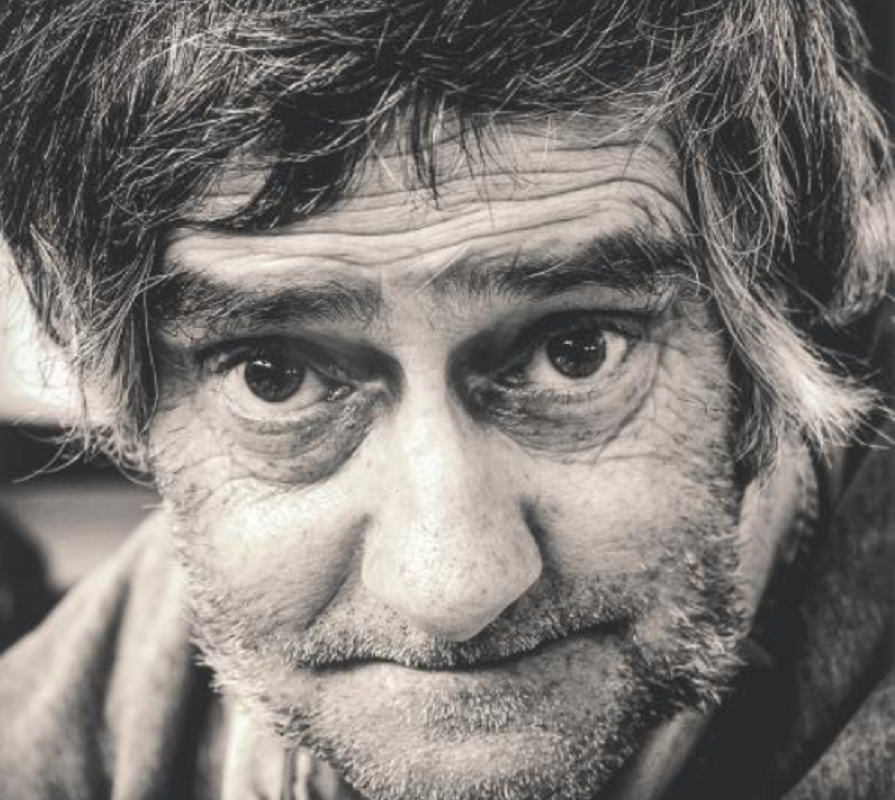
The honest photographic portrait of “Ricky”, by Gordon Traill, pictures a man world-weary, wise, tired, and maybe content. This black and white photograph tells an intimate story that a painting might never be able to capture.
The hand-stitched sculptural work “Du’a in despair” by Shairazi Bahari, is a gesture of humility that represents a symbol of hope in a hopeless situation. This simple yet effective textile work is something that can be seen on many city streets across the world as homeless people hold out their hands in hope.
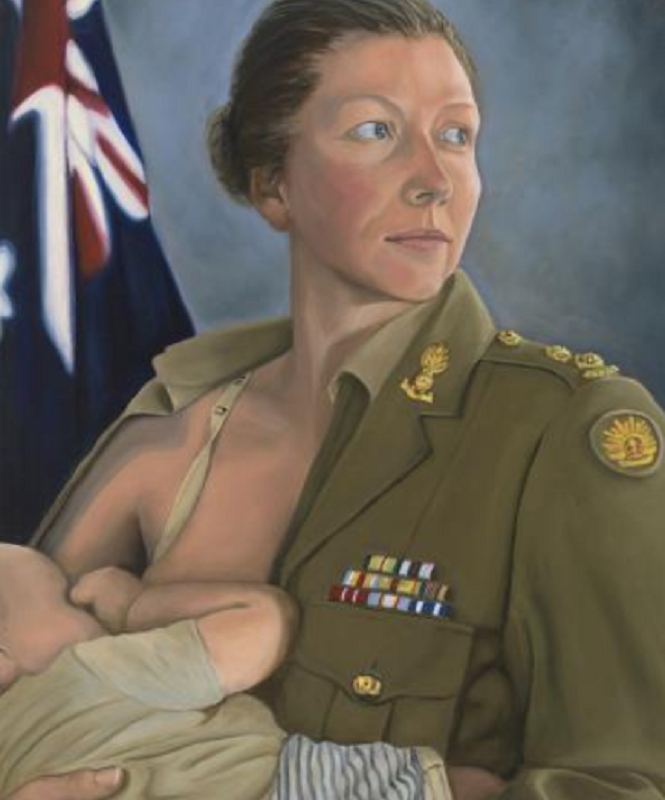
The winning work, “The Promotion”, by Anneke Jamieson, has a tongue-in-cheek title, but it’s a statement of empowerment for a woman to be seen as more than a mother. The artist has depicted a woman breastfeeding while in uniform, capturing not just her ability but her love, devotion, and dedication as a mother and as an officer.

“Flying falling diving drowning” by Glen Braithwaite is a telling work. The floating human images in the construction seem captured above and below what could be barbed wire. They are caught in the mess of life, which is clearly represented in the medium of the work. It is made from ink and bleach painted on recycled Commando comics and shredded slouch hat. Adding to the strong philosophical content, a viewer is allowed to rotate the work, yet its message remains strong in any position.
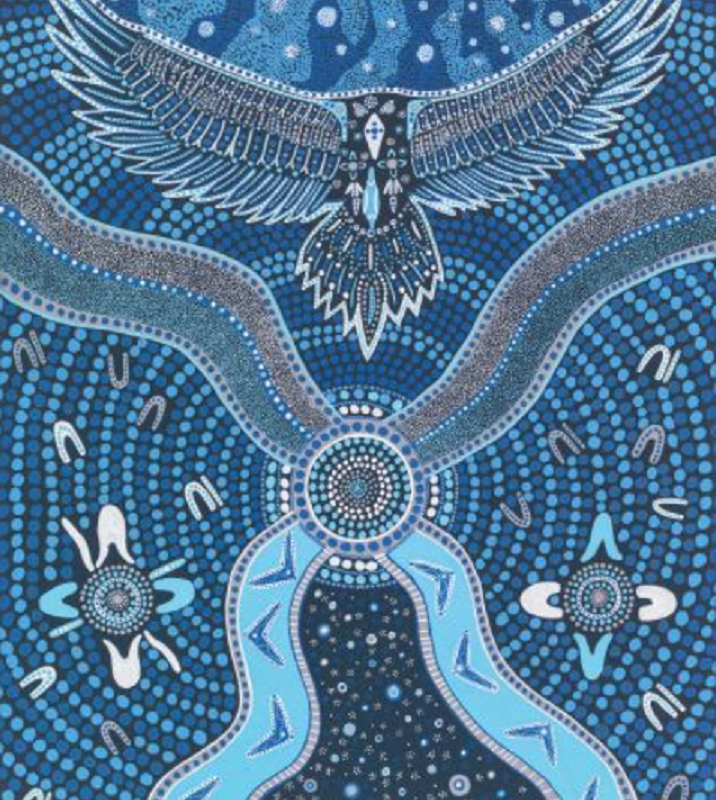
Steven Warrior’s work, “Taingiwilta ngayirdila ‘strength in the air’”, is full of representative images. Such as a wedge-tailed eagle depicting the RAF, boomerangs, and meeting places. It’s a work that connects the supernatural experiences that helps guide Aboriginal people on their journey.
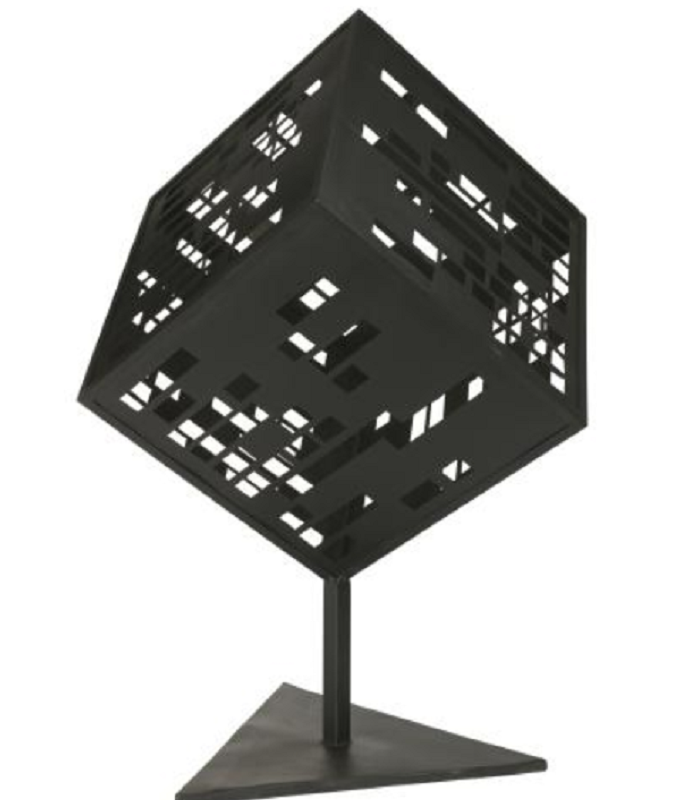
“Redacted II”, by Richard Barrett, is a steel sculptural work that tells the story of the inquiry report known as the Brereton Report about the ADF happenings in Afghanistan. The slots in the large cube represent the windows where the light shines through, rather than where the truth is hidden. It’s a clever and powerful work.
If there is a theme in this exhibition, outside the connection of the artists’ vocation, it’s about showing how military artists can represent the world in just as many diverse ways as any artist, or the rest of us.
Who can be trusted?
In a world of spin and confusion, there’s never been a more important time to support independent journalism in Canberra.
If you trust our work online and want to enforce the power of independent voices, I invite you to make a small contribution.
Every dollar of support is invested back into our journalism to help keep citynews.com.au strong and free.
Thank you,
Ian Meikle, editor
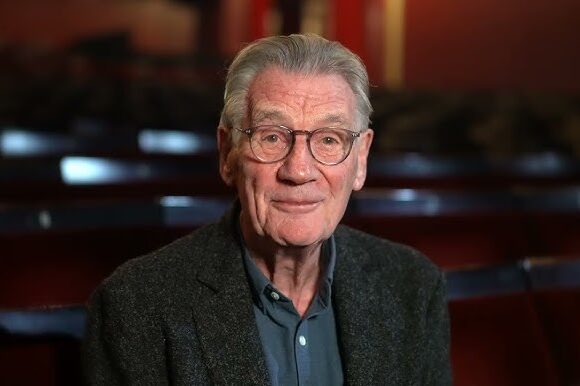
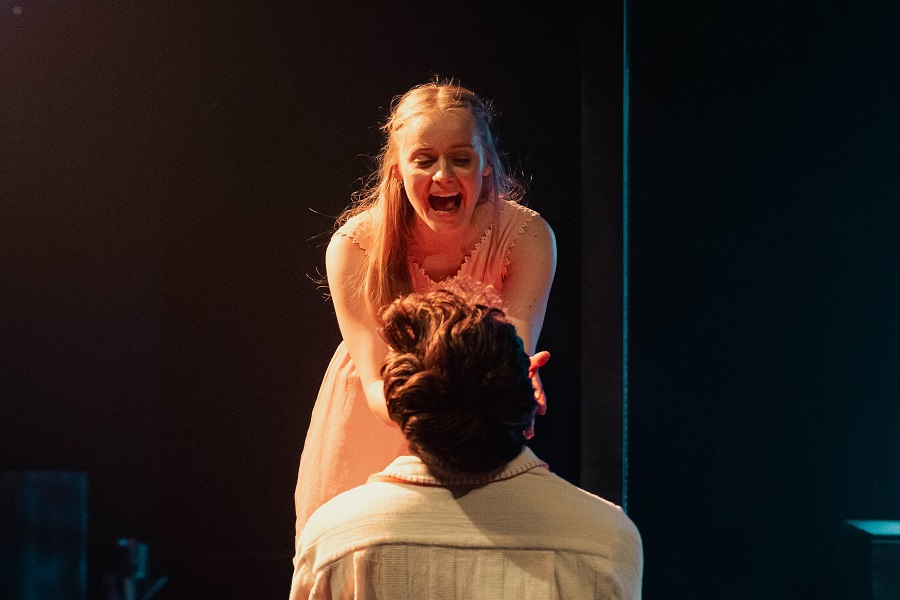
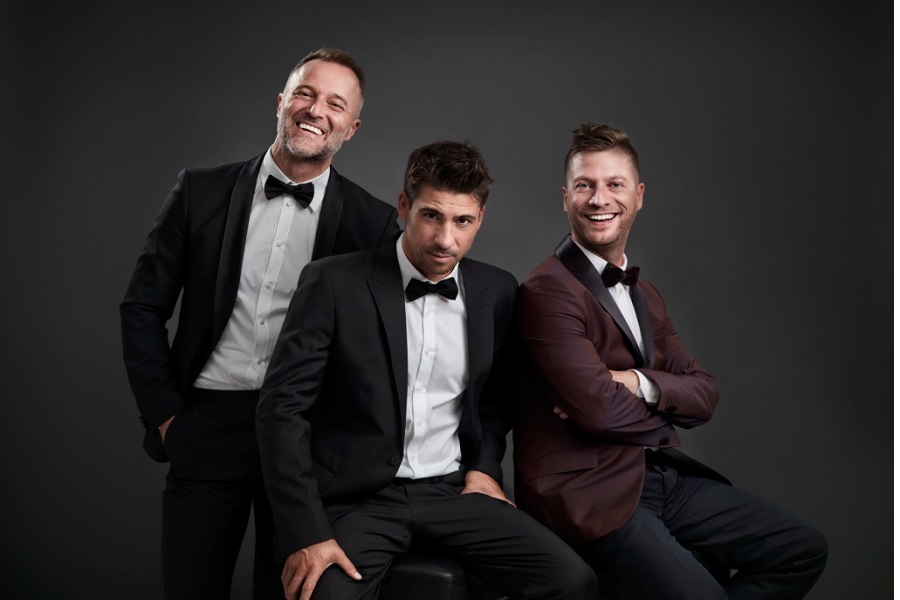
![Evie Hudson is a woman with amnesia, who forgets the last 13 years. Piecing her life back together, she navigates the harsh realities of coercive control.
Evie is the leading character in local author @emmagreyauthor's second novel Pictures of You.
Her debut book, The Last Love Note, sold more than 100,000 books worldwide within a few months of being published last year.
“I think that using amnesia really helped [show the effects of coercive control] because she had that sense of being completely lost in her own life,” Emma says of her new work of fiction.
To read the full story and find out more about this fabulous local author and her latest novel, visit our website at citynews.com.au or click the link in our bio! 📚✒️
#canberra #local #canberralocals #canberralife #australia #author #localauthor #Picturesofyou #coercivecontrolisabuse #dvawareness #bestsellingauthor #canberraauthor #localnews #citynews](https://citynews.com.au/wp-content/plugins/instagram-feed/img/placeholder.png)
Leave a Reply